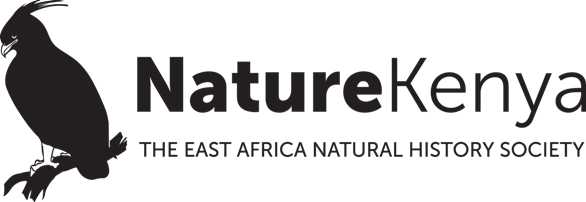By Francis Kagema
Arabuko-Sokoke Forest in Kilifi County is a miracle of resilience. Despite being surrounded by over 135,000 resource-needy local people, the 420km2 coastal lowland forest ecosystem has survived, remaining more or less unchanged over the years.
A cost-benefit assessment conducted in 2007 concluded that from a community perspective, Arabuko-Sokoke Forest only offers ‘marginal’ benefits. The lack of a valuation system for ecosystem services and their contribution to the community can explain the marginal value capture in the forest cost-benefit matrix. At the national level, the GDP ignores most of the value and benefits ecosystem services contribute to our well-being. It is not surprising that the same applies to Arabuko-Sokoke Forest’s case. By breaking down one item at a time, this postulation becomes clear.
For instance, butterfly farming income was valued at Ksh 19 million in 2019, while beekeeping stood at Ksh 1.6 million. The two enterprises have proper records though most of the honey was sold through undocumented channels. Other monetized benefits summed up contributed over Ksh 18 million during the same period.
Hundreds of community members enter the forest every day for one reason or another. Many of these visits are illegal and detrimental to the forest. Non-timber products sought from the forest include breeding stock for butterfly farming, edible mushrooms, herbal medicines and wild fruits. Harvesting of timber forest products like firewood, timber and poles in Arabuko-Sokoke Forest is illegal. However, the majority of households adjacent to the forest use fuelwood for their cooking needs, and about 70 per cent of this fuelwood comes from Arabuko-Sokoke Forest and Mida Creek. Fuelwood collected from the forest annually is estimated to be worth over Ksh 383 million. Data on poles harvested and charcoal produced from the forest is missing. A conservative value of Ksh 10 million can be appropriated to these two products obtained illegally.
All these streams together sum up to Ksh. 422 million! This value distributed across a population of 135,557 living within 5km from the forest edge gives Ksh. 3,116 per capita – 3.8 per cent of Kilifi County’s GDP per capita. Comparing this value with the gross landscape produce of adjacent communities living up to 5km away from the forest edge, Arabuko-Sokoke Forest accounts for about 4 per cent of the gross domestic product (GDP) and possibly 10 per cent of all income. Several other items, however, remain unaccounted for in this calculation: ecosystem services such as carbon sequestration, water storage, soil protection, climate regulation, and maintenance of a gene pool for the future.
What does all this mean? Arabuko- Sokoke Forest contributes significant regulating ecosystem services like carbon sequestration and climate regulation, as well as provisioning ecosystem services such as medicines and food, which if valued and monetized appropriately and fairly, have substantial input to the lives of the people and their livelihoods. All this presents a strong case for conservation of the forest and its biodiversity.
